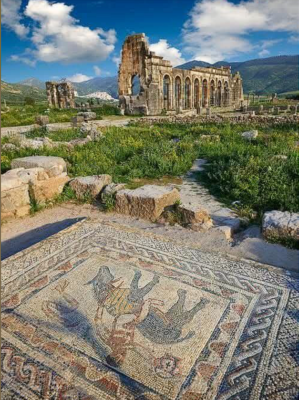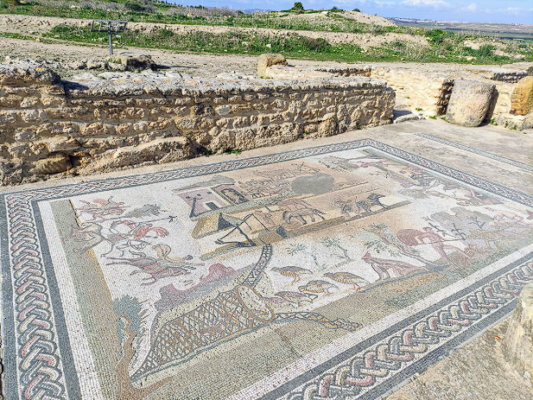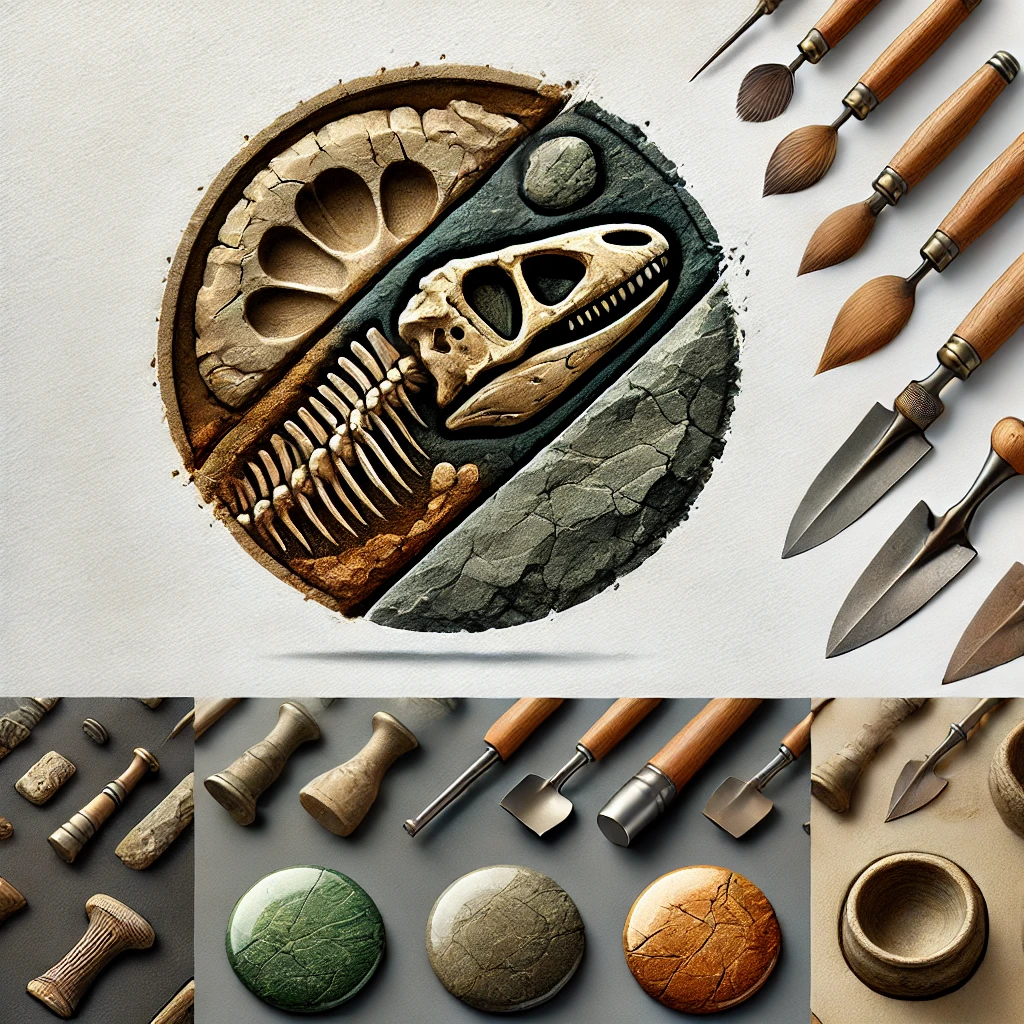Introduction to Volubilis
Volubilis, an ancient Roman city located in present-day Morocco, is one of the most well-preserved archaeological sites in North Africa. This historic city, once a thriving provincial capital, offers a glimpse into the grandeur of Roman civilization on the African continent.
Location and Historical Significance
Situated approximately 20 kilometers north of the modern city of Meknes, Volubilis stands on a fertile plain. Its strategic location made it an important settlement for various civilizations, including the Phoenicians, Carthaginians, and Romans.
UNESCO World Heritage Status
Recognized for its exceptional historical and architectural value, Volubilis was declared a UNESCO World Heritage Site in 1997. The site’s well-preserved mosaics, grand basilicas, and intricate urban planning reflect the advanced engineering and artistic achievements of the Roman Empire.

The History of Volubilis
The city’s origins date back to the 3rd century BC, with significant development occurring under Roman rule. Volubilis played a vital role as a trade hub, connecting North Africa with Europe and the Middle East.
Roman Conquest and Expansion
Following the fall of Carthage in 146 BC, Volubilis became part of the Roman province of Mauretania. Emperor Augustus later placed Juba II, a Berber-Roman king, on the throne, transforming the city into a flourishing Roman outpost.
Economic and Cultural Growth
The city’s economy thrived due to its production of olive oil, grain, and other agricultural goods. Volubilis also became a cultural melting pot, blending Berber, Roman, and Mediterranean influences in its art and architecture.

Architectural Wonders of Volubilis
Volubilis is renowned for its impressive architectural remains, which include public buildings, private residences, and intricate mosaics that have survived centuries of natural and human impact.
Public Buildings and Monuments
One of the most striking structures in Volubilis is the triumphal arch of Caracalla, built in 217 AD to honor the emperor. Other notable landmarks include the grand basilica, the forum, and the Capitol temple, all of which highlight the city’s importance as an administrative center.
Luxurious Roman Villas
Many of the city’s elite resided in opulent villas adorned with stunning mosaic floors. Homes such as the House of Orpheus and the House of the Athlete showcase intricate designs depicting mythological scenes, animals, and daily life in Roman times.
The Spectacular Mosaics of Volubilis
The mosaics of Volubilis are among the most celebrated features of the site, offering insight into Roman artistic traditions and storytelling techniques.
Themes and Symbolism
The mosaics found in Volubilis often depict mythological figures, including Hercules, Bacchus, and Venus, as well as hunting scenes and geometric patterns. These artworks not only served a decorative purpose but also conveyed social and cultural values of the time.
Preservation and Restoration Efforts
Despite exposure to the elements, many mosaics remain remarkably vibrant. Archaeologists and conservationists have undertaken extensive restoration projects to preserve these historical treasures for future generations.

The Decline and Rediscovery of Volubilis
Volubilis began to decline in the 8th century AD as the region’s inhabitants converted to Islam and moved to nearby cities such as Meknes. The site was later abandoned, with some of its materials repurposed for new constructions.
Abandonment and Ruination
Following the collapse of Roman rule, Volubilis lost its significance. By the 18th century, its marble and stone were stripped to build the palaces of Sultan Moulay Ismail in Meknes.
Excavation and Archaeological Findings
Volubilis was rediscovered in 1915 during the French Protectorate in Morocco. Excavations revealed remarkable artifacts, many of which are now housed in the Archaeological Museum in Rabat. Ongoing research continues to shed light on the city’s rich history.
Visiting Volubilis Today
Volubilis remains a major tourist attraction, drawing visitors from around the world who wish to explore its ancient ruins and marvel at its historical grandeur.
What to Expect on a Visit
Visitors to Volubilis can walk through the well-preserved streets, admire the basilica and triumphal arch, and witness the breathtaking mosaics that decorate the city’s homes. Informational plaques and guided tours provide valuable context about the site’s history.
Tips for Travelers
For the best experience, it is recommended to visit Volubilis during the early morning or late afternoon to avoid the midday heat. Bringing water, comfortable shoes, and a hat is advisable, as the site is largely exposed to the sun.
Conclusion
Volubilis stands as a testament to the ingenuity and sophistication of the Roman Empire in North Africa. With its stunning mosaics, grand architectural remains, and rich history, this ancient city offers a captivating journey into the past. As ongoing preservation efforts continue, Volubilis will remain an invaluable cultural and historical landmark for generations to come.

CÁC TIN KHÁC
Mary Walton: The Forgotten Inventor Who Helped Clean Up America’s Cities
Tomb of Queen Nefertari in the Valley of the Queens, Egypt
Discover the Hypostyle Hall of the Temple of Hathor at Dendera
Venus de Losange: Unveiling the Mystery of a 20,000-Year-Old Paleolithic Icon